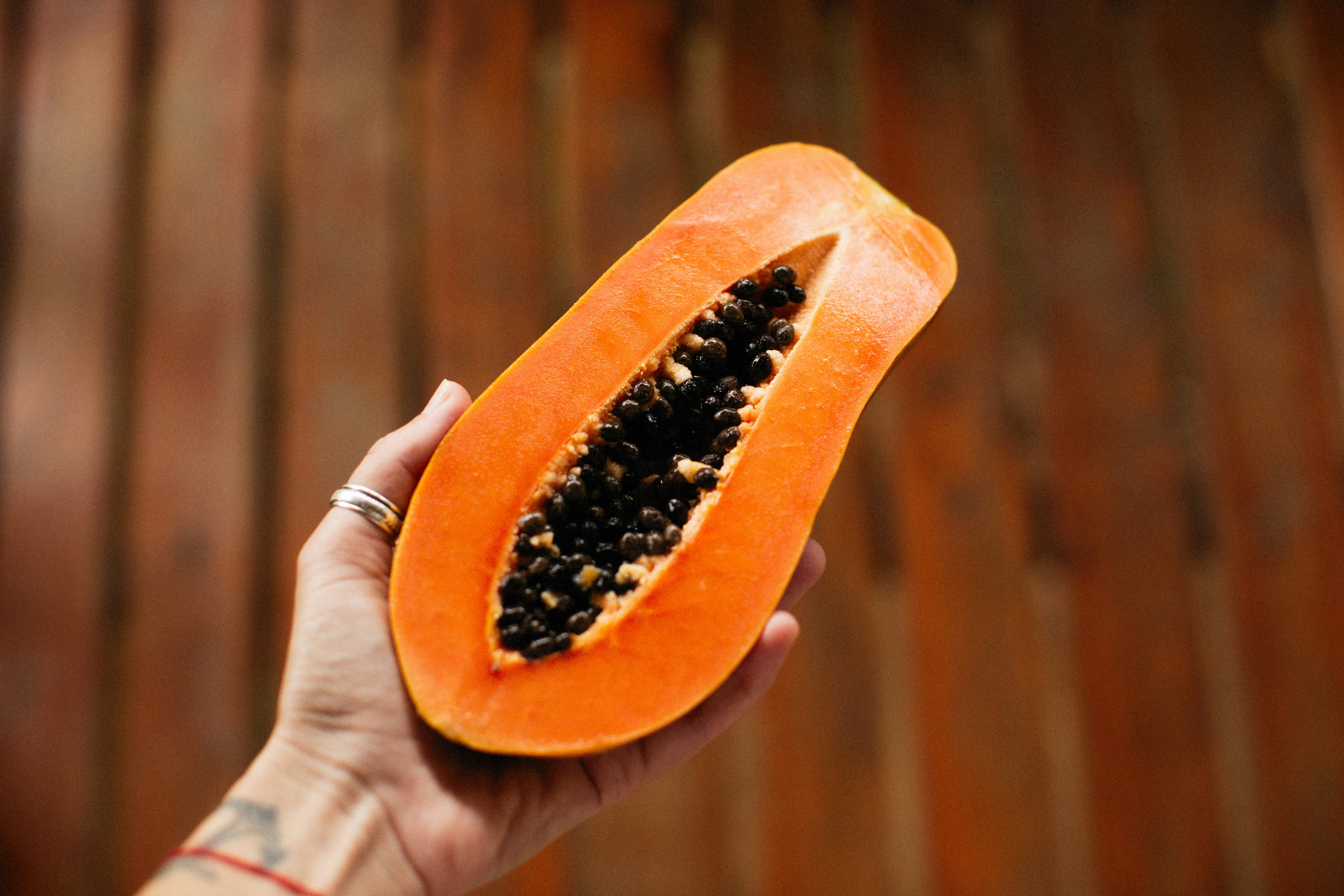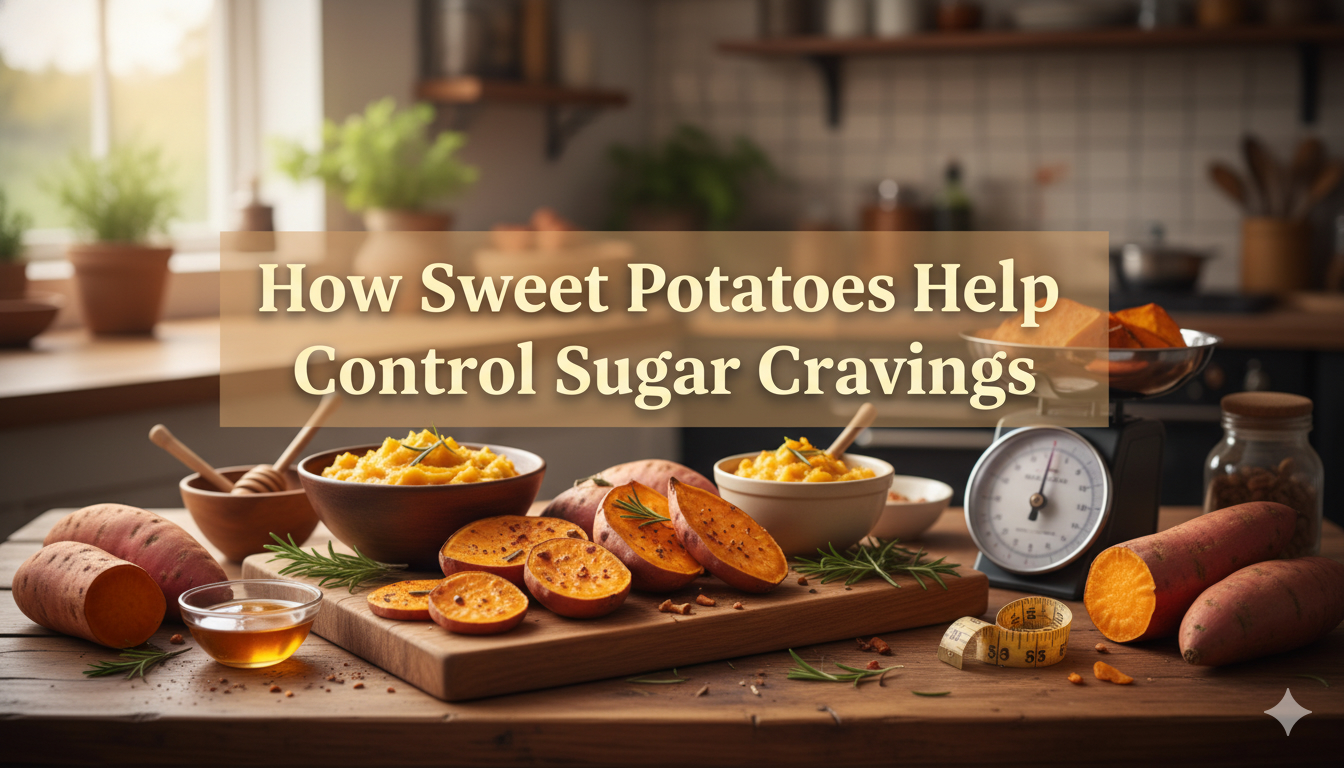Journal article's warning that packaging is significant source of chemical food contamination is roundly rejected
Concerns about synthetic chemicals in packaging and plastic bottles contaminating food and drink are largely misplaced, scientists have said in response to calls for greater monitoring of the long-term effect on human health.
Food packaging is increasingly the subject of suspicion from some environmental scientists and campaigners. In a commentary in the Journal of Epidemiology and Community Health, Dr Jane Muncke, of the Food Packaging Forum Foundation in Zurich, Switzerland, and colleagues from the US and Spain argue that lifelong exposure to such chemicals is a cause for concern.
They call for "population-based assessment and biomonitoring" to try to figure out whether it is doing any harm. Food contact materials, they say, "are a significant source of chemical food contamination, although legally they are not considered as contaminants". They are "a new exposure source in the sense that they have received little attention so far in studies concerned with human health effects," they say.
But Muncke and colleagues came under heavy criticism from other scientists who said there was little evidence of danger at the very low levels of contamination in food and drinks. They were strongly rebuked for citing formaldehyde, a cancer-causing substance that is legally used in fizzy drinks bottles and melamine tableware. Critics pointed out that formaldehyde is naturally present in some foods.
"To consume as much formaldehyde as is present in a 100g apple, you would need to drink at least 20 litres of mineral water that had been stored in PET [polyethylene terephthalate] bottles. Obviously the concern about formaldehyde from food packaging is significantly overrated, unless we are willing to place 'potential cancer hazard' stickers on fresh fruit and vegetables," said Dr Ian Musgrave, senior lecturer in the medicine faculty at the University of Adelaide.
David Coggon, professor of occupational and environmental medicine at the University of Southampton, said: "Formaldehyde is formed naturally in the body, for example from methanol that is present in fruit. Thus we should only be concerned about relatively high exposures to the compound, and even then any risks will be extremely small.
"While it is important to consider the potential risks from endocrine disrupting chemicals in the diet, and this is done as part of regulatory risk assessment for chemicals, many of the most potent dietary endocrine disruptors are naturally occurring chemicals such as in soya.
"The article refers to possible toxic effects from combined exposures to multiple contaminants which individually are all at low levels, but understanding of this area of science has advanced a lot in the past 15 years, and there is little to suggest that such combined exposures pose a threat to health other than in a few very specific circumstances."
However, concerns about some chemicals in food packaging have been taken seriously in recent years. Bisphenol A, an industrial chemical used to make hard, clear plastic, and present in many bottles and metal food and drink cans where it is used as a lining, is to be banned from food packaging in France from 2015. Its use in the manufacture of baby feeding bottles is already prohibited across Europe and the US.
Bisphenol A is an endocrine disruptor, a chemical that mimics the hormone oestrogen. There are fears that it could interfere with human health and fertility. The European and US food safety authorities say it is safe at the very low levels found in some foods, but further studies are being carried out.
Professor Andy Smith, senior scientist at the MRC Toxicology Unit in Leicester, said regulators had the issue sufficiently under surveillance and control. "Contamination of food by packaging is not a new issue and is already the subject of European and other studies. Many of the chemicals detected already are of such low levels that they are likely to pose no significant risk to consumers," he said.
"The authors propose widening the net to analyse so many chemicals along the food chain, and in relation to so many different biological processes, that it is unlikely that any significant causal findings would be achieved through epidemiological studies, which would require large-scale resources. The logistical problems would be immense."
Others pointed out that packaging protects food. "No consideration is made in this commentary of likely benefits of the substances used in food packaging: they prevent contamination during handling (bacterial and viral), they prevent deliberate tampering (which has been previously documented with over-the-counter medicines and in deliberate introduction of harmful agents into foods), and there is also the simple point that you have to have something on which to print information about the foodstuff inside," said Sir Colin Berry, emeritus professor of pathology at Queen Mary, University of London.
Photo: Discarded plastic bottles. Photograph: Alamy











